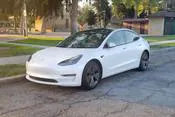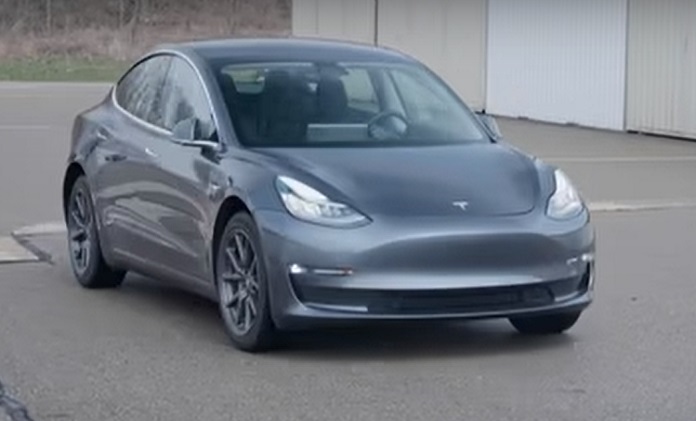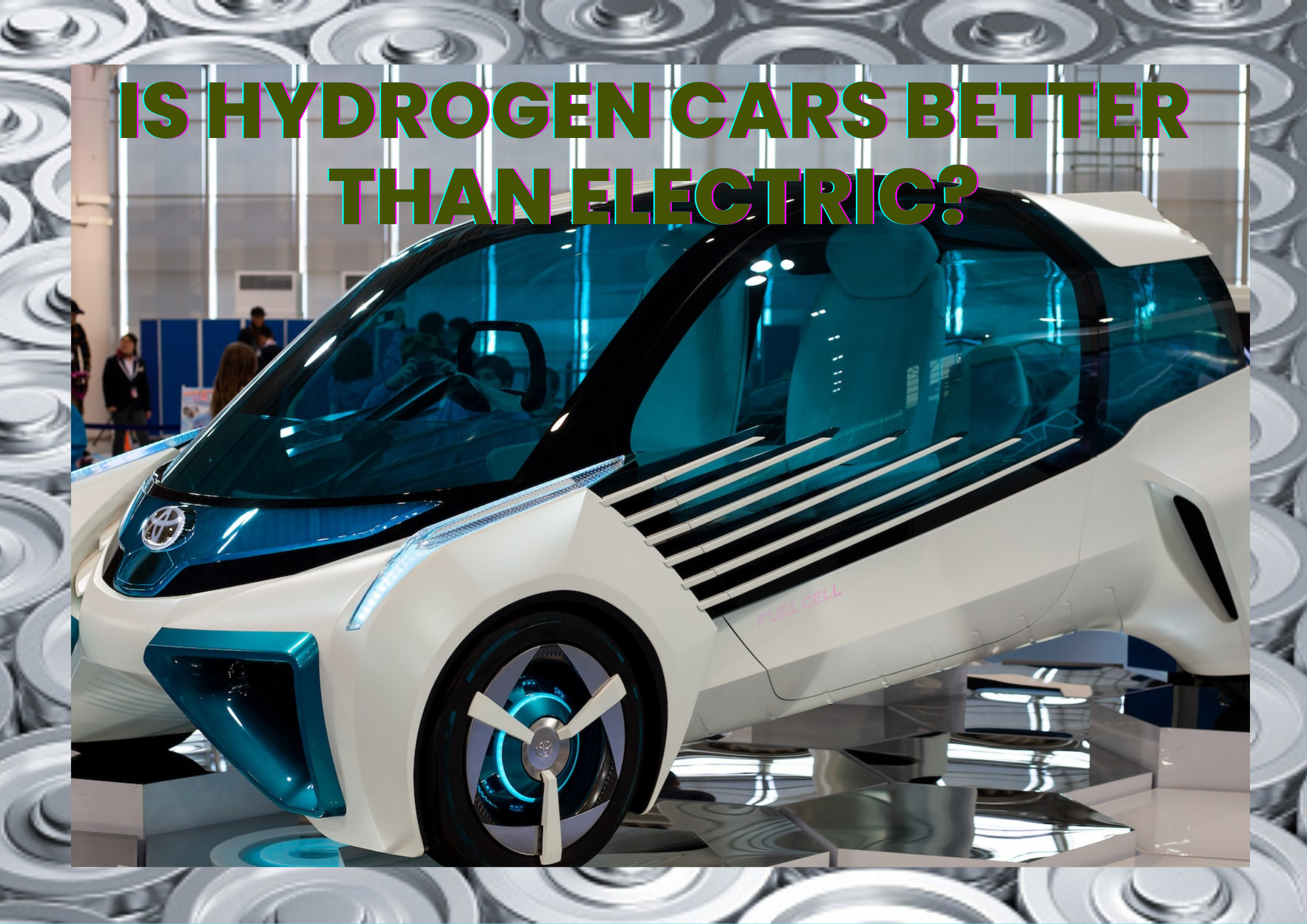Best Electric Cars of 2022
Tesla is an electric car manufacturer founded by Elon Musk. The company currently sells its vehicles through a network of Tesla stores and the Tesla Online Store.
The company’s first model, the Model S, was launched in 2012 and was considered to be an entry-level luxury sedan. In 2013, the company introduced the Model X SUV as a competitor to large luxury SUVs such as BMW’s X5 and Mercedes-Benz’s C-Class. In October 2014, it announced that it had surpassed Ford Motor Company in sales for the first time in its history. By September 2016, Tesla sold over 9,000 Model 3 sedans per week globally.
Tesla Announces the Model 3 Standard Range
Tesla’s electric car, the Model 3 Standard Range, is now available for pre-order. The all-electric sedan has a starting price of $35,000 and is the company’s first vehicle with a battery range of more than 200 miles.
The new Model 3 offers far more than just an increase in range. It’s faster than any other car in its class, from a 0 – 60 time of 5.2 seconds to a top speed of 130 mph.
 A larger battery allows the car to be 20 percent more powerful than the competition, and you’ll notice this most in highway driving where it will provide up to 75 miles per hour acceleration before you get to stoplights or traffic lights.
A larger battery allows the car to be 20 percent more powerful than the competition, and you’ll notice this most in highway driving where it will provide up to 75 miles per hour acceleration before you get to stoplights or traffic lights.
The standard model starts at $35,000 and can be ordered with a $7,500 federal tax credit or with no tax credit at all if you’re sending it off to Tesla as an employee or retiree. A $7,500 federal tax credit is still $1,800 cheaper than the cheapest electric car on the market right now, but buyers who do not qualify for that credit can opt for no tax credit at all instead of for an additional $3,750.
Although there are still plenty of miles left on its lease agreement, Tesla said that by year-end last year that Model 3 owners would have logged 250 percent more trips in their electric sedans.
What do 220 miles of range mean?
You may think that electric cars are just a fad or niche, but here is proof that the future is going to be a lot closer than you might think. The Tesla Model 3 Standard Range is capable of nearly 200 miles of range compared to the 200 miles offered by the Chevy Bolt EV, which is a significant amount for an electric car.
And the Model 3 Standard Range can carry up to seven people and does so in comfort.
Where does the Model 3 Standard Range fit in with the competition?
The Model 3 Standard Range is the Tesla vehicle that is most likely to be on your shopping list by year’s end. It follows the Model S and Model X in terms of being a beautiful car with superior technological prowess but offers a much more versatile range than either.
The biggest question that people have about the Tesla Model 3 Standard Range is where it fits in with the competition. What can it do better than its competitors? Some models are driven by giving a hard time to other cars, but this isn’t really true of the Tesla Model 3 Standard Range. It has something very different going for it:
It’s quicker. When you buy the stock version of the Tesla Model 3 Standard Range, you can expect to get its base acceleration up to 62 mph (100 km/h) in under five seconds. The acceleration of the base version of the Model S P90D is three seconds faster at six seconds flat. The P90D with Ludicrous mode accelerates from zero to 60 mph (97 km/h) in 2.8 seconds, while the standard version achieves a total run time of 1 minute and 18 seconds before reaching 60 mph (97 km/h).
The accelerating times mean that you can take a test drive around 30 minutes after charging up, and then head out on an 80-mile (130-km) trip without having to worry about range anxiety.
That’s not only quicker; it also means that you won’t have to worry about range anxiety at all once you’re driving around town or on your commute. And since it has higher horsepower than competitor models, all you need is a little juice when you’re ready for some serious running — even if that’s just for an hour or two on vacation.
The standard version of the Tesla Model 3 Standard Range will also have superior performance over its competitors because it has twice as much battery capacity as both an S85 and S90. That gives it an almost 20 miles (32 km) longer range than either model’s full battery pack.
The Tesla Model 3 Standard Range will use software updates called “channels” rather than having firmware upgrades like other vehicles because they are more reliable and less prone to malfunctioning due to harsh weather conditions like snow or rain. It is also designed so that owners can retrofit their cars with charging stations which means no new charging station installations are required by individual owners which will help save money for them as well.
Conclusion
Tesla Motors is preparing to unveil the long-awaited Model 3, the company’s first mass-market electric car, at a conference in California this week. The new car will be an important step toward Tesla’s goal of becoming a major player in the luxury and mainstream markets — but analysts and industry watchers are still somewhat skeptical about just how well it will perform.
The Model 3 is already one of the most heavily anticipated cars on the road today. Tesla Motors started taking orders for the vehicle in July 2016, with deliveries expected to begin in late 2017. The Model 3 will be Tesla’s first car that has a price tag as low as $35,000: no more than $35,000 after incentives from states like California and New York. It also features a small battery pack that can easily fit into a Model S or X.
The Model 3’s minimal size is what makes it so attractive for buyers who want to keep their cars under 100 pounds and have quick access to charging stations. The new generation of Tesla vehicles boasts autonomous driving technology that allows drivers to get around without any human intervention. But there are still some concerns about how well the Model 3 will perform on the road.
According to Henry Grabar of Automotive News, he expects the Model 3 to surpass its predecessor, which could make it an attractive option even during its “rookie” days as a luxury car. Tesla’s advanced batteries allow it to run higher power levels, usually at a lower cost per kilowatt-hour than other battery chemistries. Another big plus is that Tesla Motors plans to sell only 15 percent of each vehicle it produces, leaving room for growth as demand from customers increases.
At this point, Tesla isn’t ready to release production numbers for the Model 3 until closer to delivery time. However, Grabar says he expects production figures for early deliveries should equal those for standard production vehicles by late 2018 .” It remains unclear if Tesla’s assembly line will be able to produce such rapid output,” he said in his report. “Tesla may already be outgrowing its capacity in Fremont.” The automaker does not have enough workers yet at its factory in Fremont, California, which currently employs 400 workers, according to Grabar. However, he said Tesla has hired additional staff over recent months and there are also “several hundred employees” employed by suppliers. A spokesperson from Telsa did not return our requests for comment during our initial reporting period on Thursday evening.
Also Read: How Hyundai Kona Electric Became A Globally Well-Known All-Electric SUV?
Important Note:
If you are an EV manufacturer or EV Dealer or EV Supporter who wants to share news related to electric vehicles on our website, please send an email to: contact@greeneauto.net


